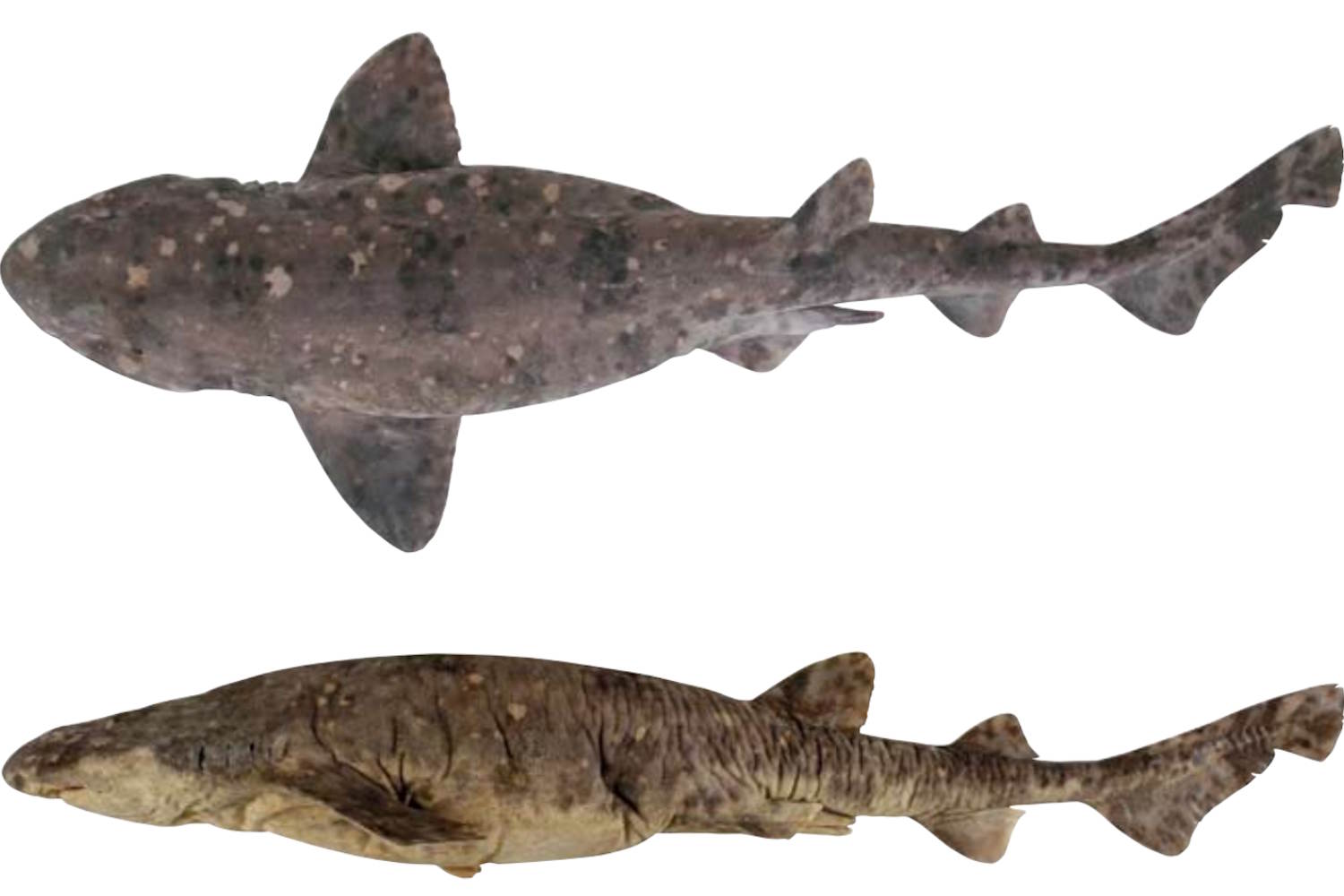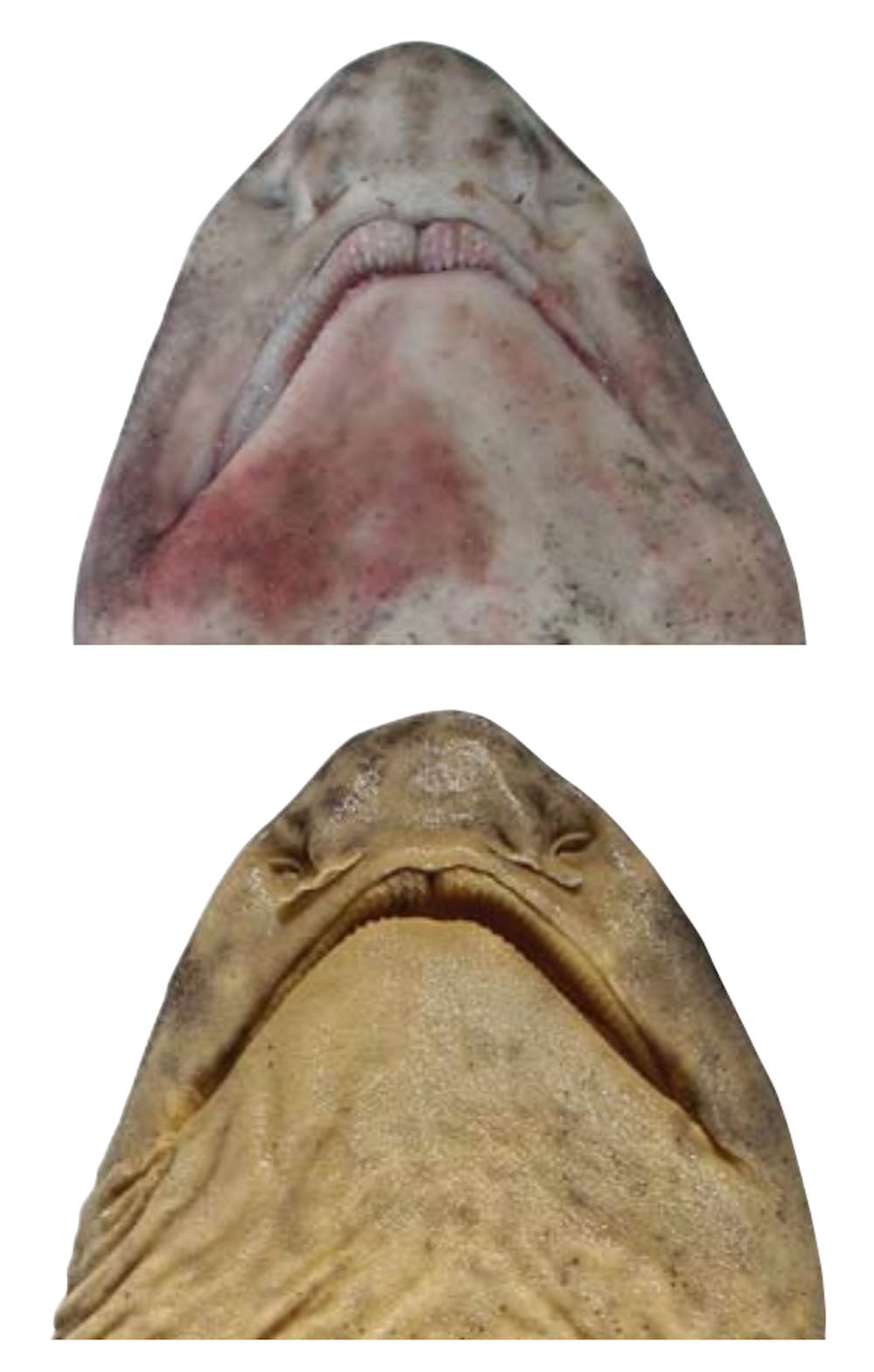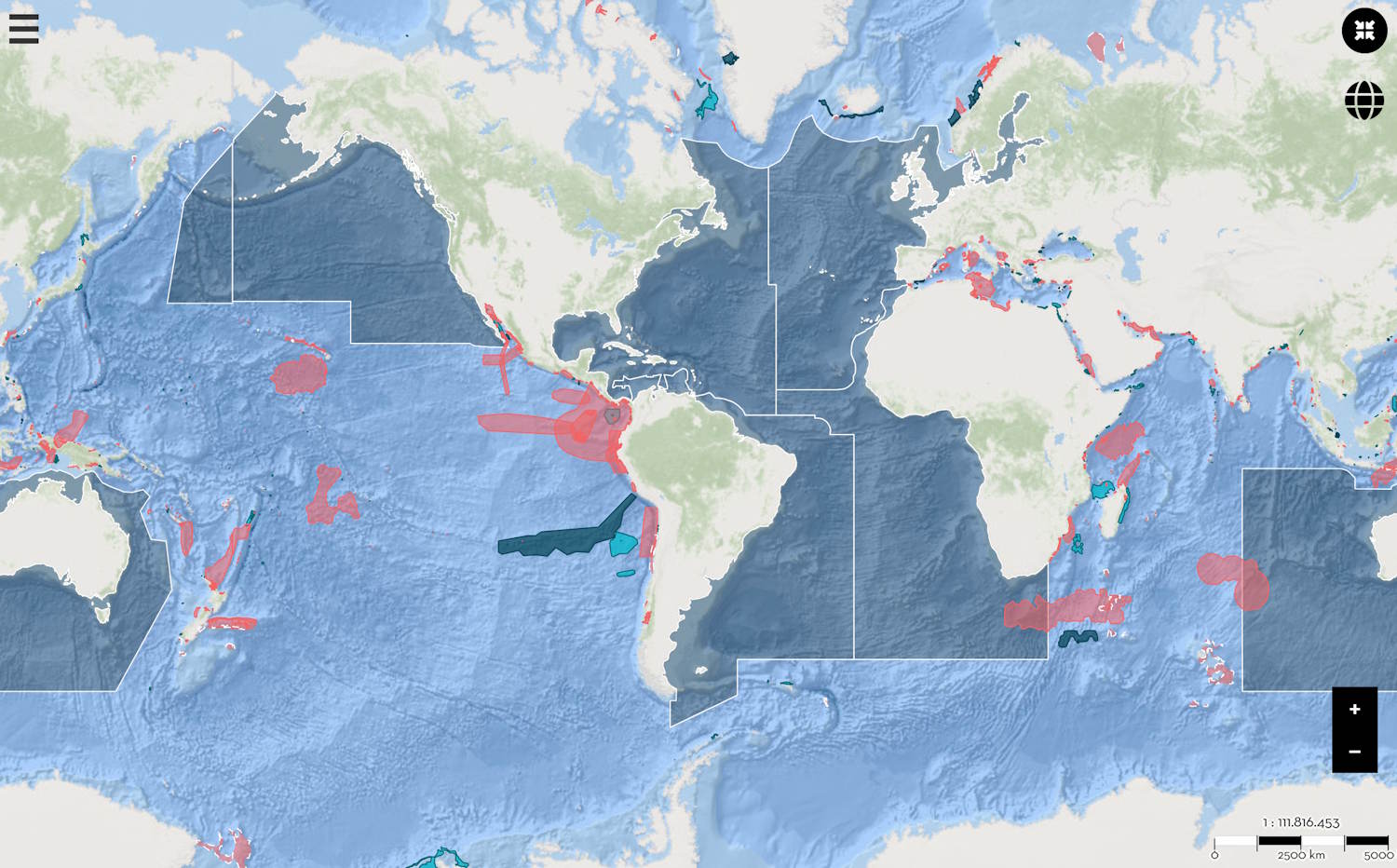A great move for biodiversity! During an exploration of the seabed of Timor Leste, in Southeast Asia, a research team led by the Pacific Shark Research Center of San Jose State University (USA) has directly identified a shark of the species Cephaloscyllium pictum, threatened with extinction and for which very little data is available

©CSIRO Marine and Atmospheric Research Papers
A Cephaloscyllium pictum, commonly known as the painted swellshark, has been spotted alive in the wild for the very first time. The identification was made during a deep-sea expedition off the coast of Timor-Leste in Southeast Asia, at a depth of over 656 feet.
This breakthrough for marine biodiversity comes from a research team led by the Pacific Shark Research Center at San Jose State University (USA).
The underwater survey was made possible by low-cost deep-sea cameras developed by the National Geographic Society’s Exploration Technology Lab—devices that have already enabled several discoveries once considered too difficult or expensive.
Cephaloscyllium pictum was formally described in 2008 based on just five specimens found in fish markets in Lombok and Bali, Indonesia. Four were collected in 2002, and a fifth at a fish landing site in Tanjung Luar, Lombok, on July 12, 2004.

©CSIRO Marine and Atmospheric Research Papers
“To our knowledge, this species has never been observed in the wild and little is known about its ecology, habitat, or behavior,” the researchers write.
“On November 17 and 18, 2024, our deep-sea cameras recorded this species at two sites off the coast of Dili, Timor-Leste, at depths of 1,870 and 1,758 feet. Both habitats consisted of steep rocky slopes. In each site, the shark was captured on camera multiple times; in the second case, a female interacted with the bait and passed in front of the camera several times.
This is a new record for the species in Timor-Leste and extends its known range by over 684 miles.”
“in-situ research is crucial for conservation”
Although sharks and rays are legally protected in Timor-Leste, data on their diversity and distribution remains scarce, especially for deep-sea species—mainly due to technical and logistical challenges in observing them.

©The Web-GIS ISRA Atlas
“Recently, the IUCN Shark Specialist Group identified four key areas for sharks and rays along Timor-Leste’s northern coastline, based on underwater observations,” the researchers note.
“However, in-situ research is crucial to gather conservation data, especially for deep-water species where direct observations are otherwise impossible.”
Because of this severe lack of information, Cephaloscyllium pictum is currently listed as ‘Data Deficient’ on the IUCN Red List. This in itself puts the species at risk.
The lack of data qualifies the painted swellshark as a ‘Threatened’ species under IUCN guidelines, warranting its inclusion in the Red List.
cheap tools, big impact
The discovery of the painted swellshark off Timor-Leste highlights the critical role of affordable, modern technologies in exploring the deep sea. These tools are giving researchers the ability to locate lost or little-known species before they vanish entirely.
This expedition is part of the Lost Sharks initiative by the Pacific Shark Research Center and was recently published in the journal Oryx.
